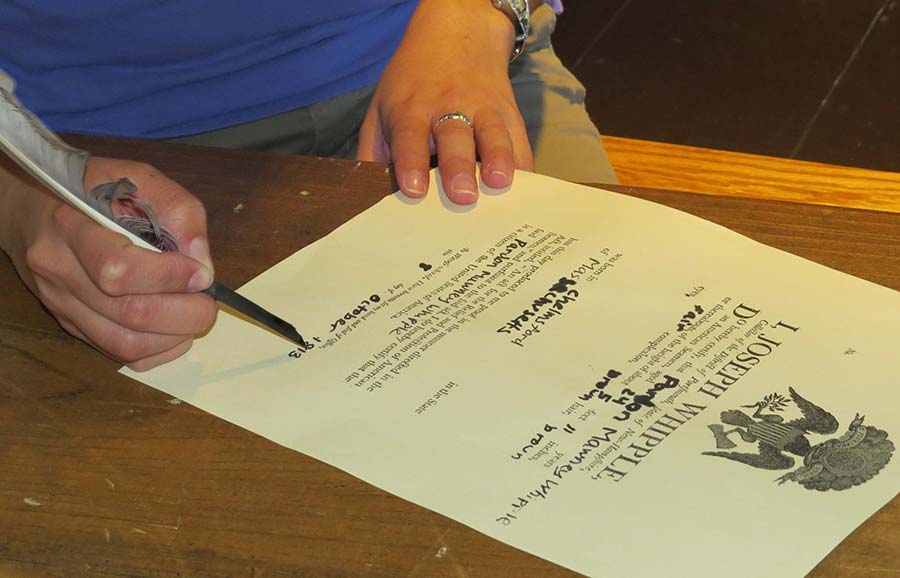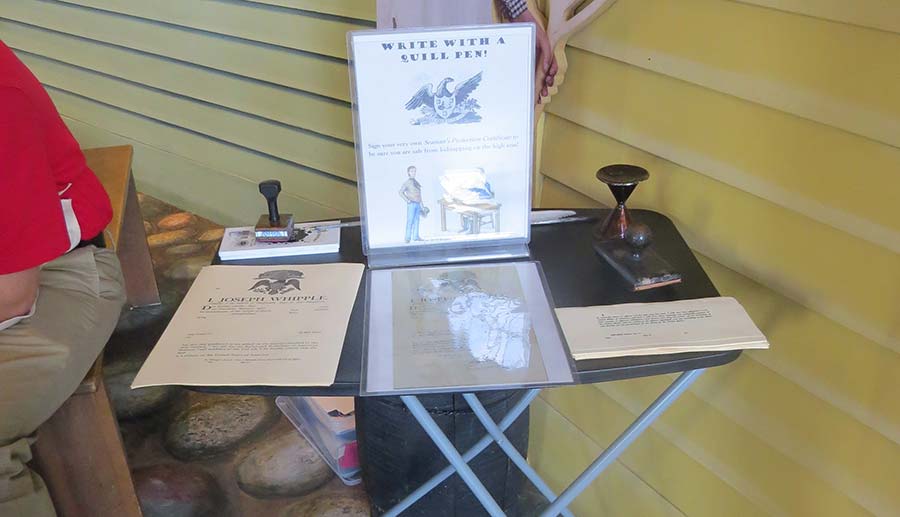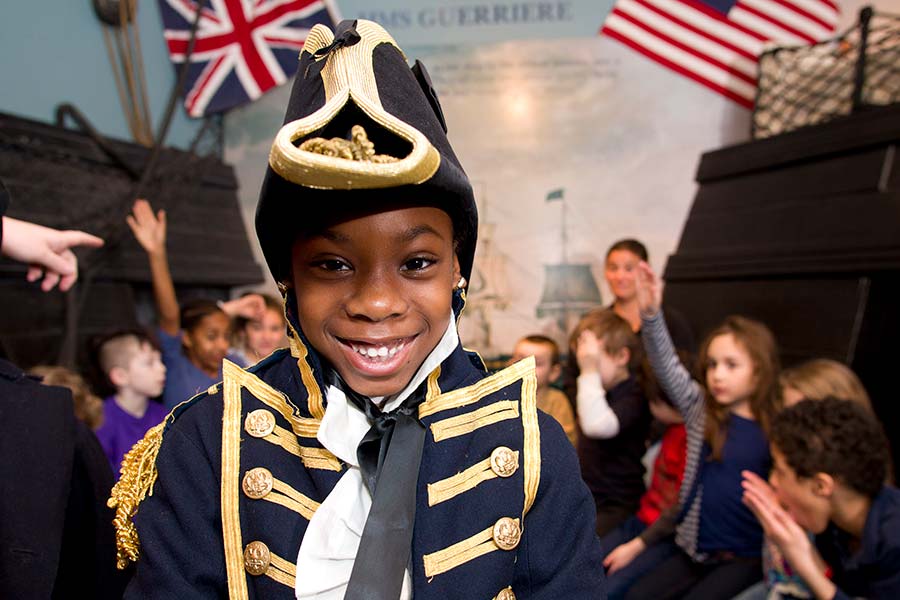Why it is Important
People trust that cultural institutions are stewards of history, culture, and science. That means families are seeking authentic content, materials, environments, and activities when they visit. Families especially value experiences that are special and distinctive, that they can’t get elsewhere. Mary Ellen Munley explains this concept further: “Young children often comment about how special it was to see the ‘real thing.’ When asked to talk about what they liked best, they often talked about places in the museum where they could see things up close, and if they could touch the objects and artifacts and have a multisensory interaction, the experience was even more memorable.”1
It’s not just about the artifacts. Even reproductions and the words you use, e.g. frigate instead of boat, can be authentic or inauthentic. Visitors can sense when they see or do something inauthentic, even if they can’t put their finger on exactly what is incorrect. 2
In the video below, Heather Nielsen reminds us not to “underestimate the attention you pay to the authentic, detail-oriented materials and program elements.” Beverly Sheppard, drawing on a personal story, reiterates the importance of authenticity especially in this age of electronics:
Put it into Practice
Wherever possible, add authentic elements to your programs and exhibits by using reproduction items, methods, language, quotes, or materials. Use copies of scanned documents from your institution’s archives or the special collections in your local library. Perhaps you have or can develop a teaching collection (an organized collection of expendable items set aside for hands-on, educational purposes) that you can let people touch and explore. Find out what artists and craftsmen really used – how much of those authentic materials can you incorporate into your program? How might you incorporate traditional methods of artisanship and craftsmanship into your program?
And keep it distinctive. What is it that people can do, see, hear, touch, and learn at your site that they can’t do elsewhere? Find the twist that makes your topic unique and leverage that in your exhibits and programming to offer a distinctive experience. Consider an existing program or exhibit interactive. Ask yourself, could it be replicated at another museum or library? If so, maybe there’s a way to make it unique to your institution. Is there a small twist you can throw in that links directly to your institution or community?
Authentic Environments and Materials
Audience interest, understanding, and engagement increases when you provide authentic materials in exhibit elements and programs. Authentic elements also provide context for an activity. When possible, use spaces that minimize distractions and contextualize your program with related exhibits, books, or images.
Caulking, or waterproofing, is a distinctive activity practiced by shipwrights and still done today on Constitution. In our caulking program’s first iteration, visitors used authentic tools but an inauthentic reproduction of planking (modern 2x4s with a seam in between). It took time and creativity on the part of the facilitator to make visitors understand that those pieces of wood represented the planking of a ship. Facilitators also had to take extra time to keep participants engaged in our Discovery Center. The other fun activities in this part of the museum turned out to be a distraction for those participating in the caulking program. Now, we set up the program in our exhibit hall next to a reproduction ship’s side. It is a high visibility area that provides context without distraction. Participants use the same tools to bang real wickum and oakum into a reproduced piece of bulwark, adding another element of authenticity.
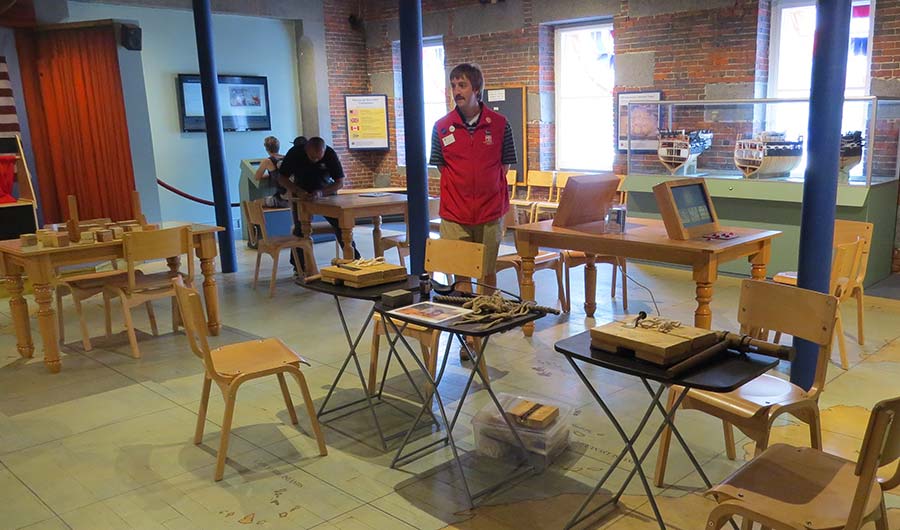
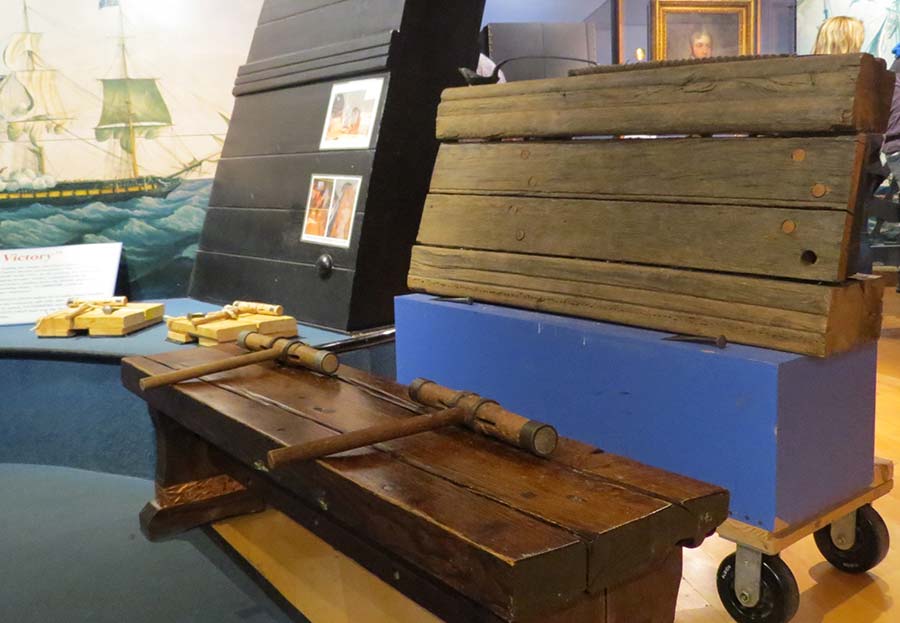
Stand Out from the Crowd
Think of a great program you saw elsewhere that you have considered appropriating for your institution. Or take a closer look at some from our program examples page. What can you add or change that directly connects it to your community and/or your site?
Many historical sites offer a quill pen writing program. We invite our guests to use a quill pen to fill out a Seaman’s Protection Certificate. Including this authentic and distinctive document in the activity helps visitors learn about impressment, one of the major causes of the War of 1812 and a large concern for early American soldiers on USS Constitution. We also include a printed reproduction of the completed form so that participants can see the real thing.
